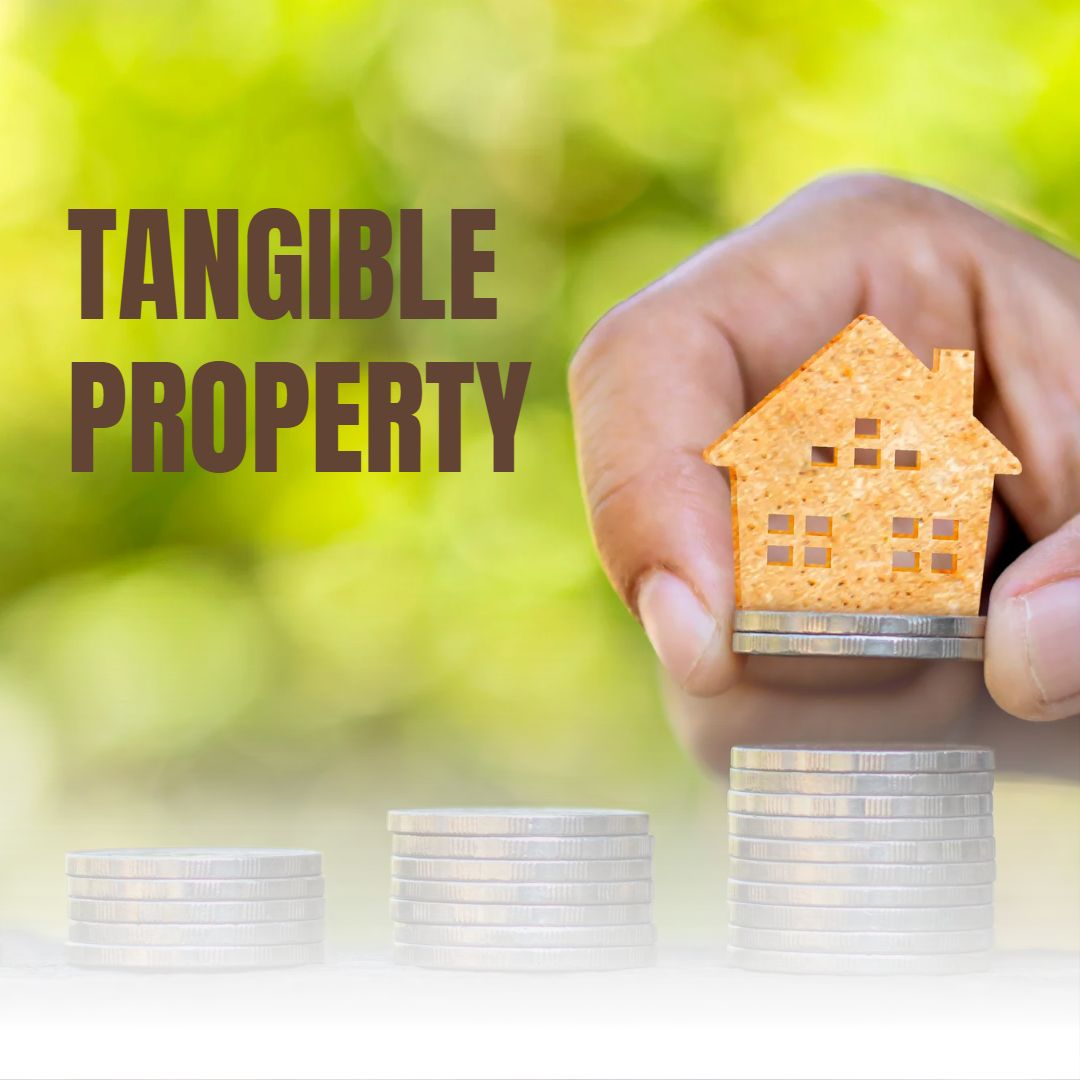
Tangible Property Explained : Everything You Need to Understand
When it comes to understanding property and ownership, one term that often comes up is tangible property. Whether you're managing assets, buying equipment, or just want to understand legal or financial matters better, knowing what tangible property is and how it works is essential. In this blog, we’ll break it all down in simple, clear language.
What is Tangible Property?
Tangible property refers to any physical item that you can touch, see, and move. In other words, it’s property with a physical form. It’s the opposite of intangible property, which includes things like copyrights, patents, brand names, or stocks things you can't physically touch.
Examples of Tangible Property
Here are some everyday examples of tangible property:
- Furniture (sofas, tables, chairs)
- Vehicles (cars, motorcycles, trucks)
- Electronics (laptops, mobile phones, TVs)
- Tools and equipment (machinery, construction gear)
- Jewelry and personal belongings
- Real estate (land and buildings) – although this can sometimes fall under a separate legal category as real property
Basically, if you can pick it up or physically interact with it, it’s likely tangible.
Types of Tangible Property
Tangible property is generally split into two main categories:
1. Personal Tangible Property
These are movable objects. For example, your car, smartphone, or office desk are all personal tangible properties. They're not attached to any land or building.
2. Real Tangible Property
This refers to land and anything permanently attached to it, like houses, garages, or fences. This kind of property is usually considered real estate.
Why is Tangible Property Important?
Understanding tangible property is important for several reasons:
Taxes
Governments often tax tangible property, especially businesses. Knowing what qualifies can help with better financial planning.
Insurance
When you insure your home, car, or personal items, you're typically insuring tangible property. Being clear about what’s covered can save you from headaches later.
Business Value
For companies, tangible assets like equipment and inventory contribute to the overall value of the business. They’re often listed on balance sheets and used to secure loans.
Legal Rights
If a dispute happens (like in a divorce, inheritance, or lawsuit), clear ownership of tangible property can play a major role in legal decisions.
Tangible vs Intangible Property
Let’s look at a quick comparison to make it even clearer:
| Feature | Tangible Property | Intangible Property |
|---|---|---|
| Physical Form | Yes | No |
| Can be Touched | Yes | No |
| Examples | Cars, furniture, land | Patents, copyrights, trademarks |
| Value Calculation | Often straightforward | Can be complex |
| Legal Ownership | Easier to prove | May require documentation |
Final Thoughts
In simple terms, tangible property is the “stuff” you can touch and own from the phone in your hand to the car you drive. Whether you’re an individual managing personal assets or a business tracking inventory, understanding tangible property is a key part of smart decision-making.
Now that you know what tangible property is, you’ll be better equipped to handle insurance, taxes, legal documents, and more.







